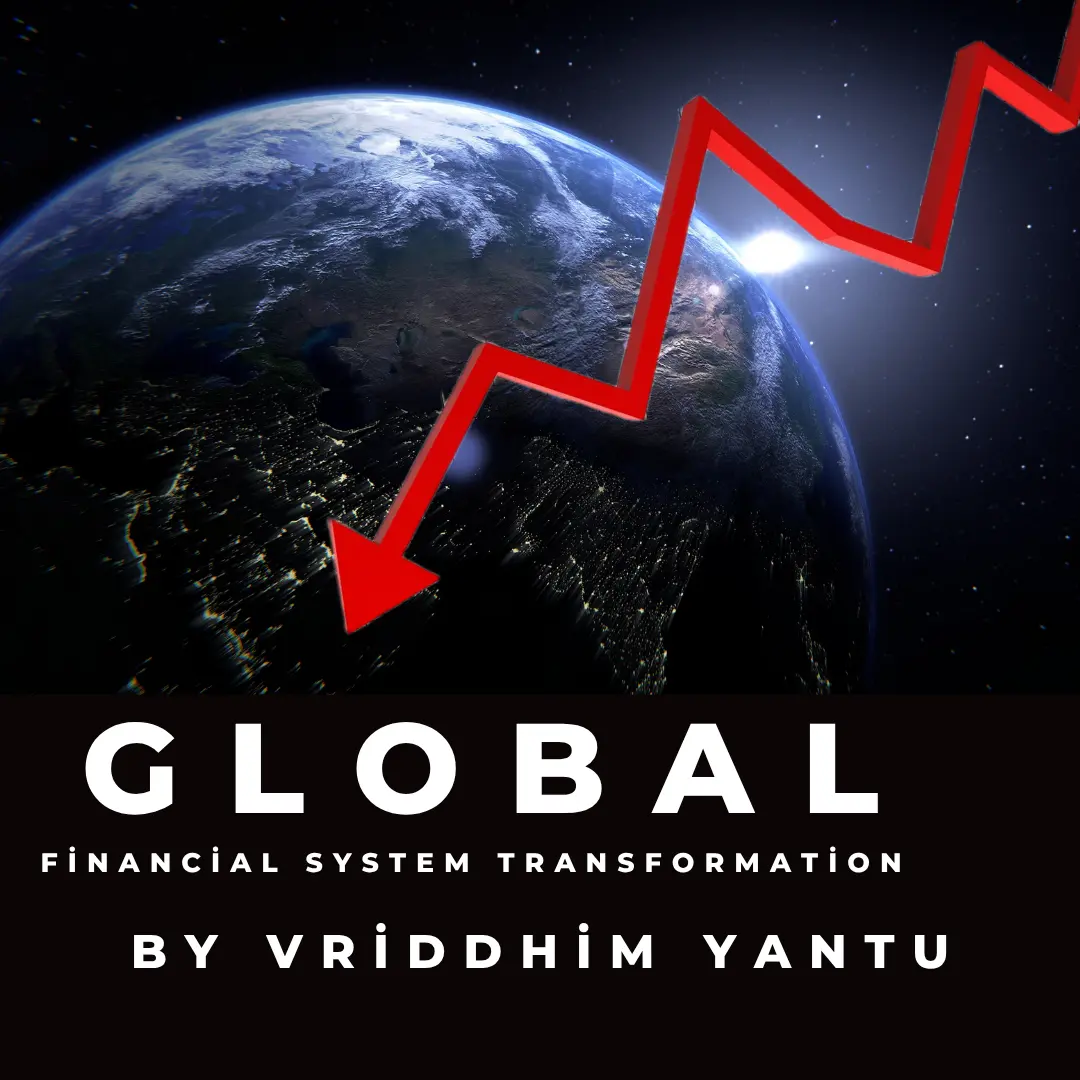Global Financial System Transformation

There’s a silent revolution underway in the world of finance — one that’s transforming the way money moves, how investments are made, and how economies respond to change. This transformation has deep implications for traders, investors, governments, and individuals alike.
The Great Financial Transformation
The Bank for International Settlements (BIS), often called the central bank for central banks, recently released a key report that paints a striking picture of how the global financial system is shifting. It’s not just a slight change — we’re talking about a complete redrawing of the global financial map.
Imagine the global financial system as a network of highways. For decades, these highways were mainly used by traditional banks, lending to businesses and households. But post-2008, the roads have drastically changed course. Two major forces have taken over the lanes.
First, there has been a massive pivot by global investors away from lending to businesses and consumers. Instead, they’re financing governments. Investors are now pouring money into government bonds. The growth of credit to the public sector has outpaced that to the private sector, driven by enormous fiscal deficits and pandemic-related spending.
Second, non-bank financial institutions (NBFIs) — such as pension funds, insurance firms, asset managers, and hedge funds — have grown to dominate the financial landscape. These organizations now hold assets worth over 224% of global GDP, up from 167% in 2009. Meanwhile, traditional banks have only slightly grown, from 164% to 177% of GDP.
A New Financial Ecosystem Emerges
This shift in players has changed how finance works on a global scale. In the past, banks operated mostly within national borders. Their reach was limited. When central banks changed interest rates, the effects were contained within domestic markets.
But NBFIs don’t follow the same playbook. These institutions move capital globally. A pension fund in Europe might invest in U.S. Treasuries, Japanese bonds, or emerging market securities. Their hunt for yield is global, and the money they move is massive.
This means financial ripples don’t stay contained anymore. A move in Tokyo can affect borrowing rates in New York, stock prices in Frankfurt, or currencies in Mumbai. Markets are more connected than ever.
The BIS notes that this global web of finance has made the system more sensitive to shifts in investor sentiment — what they call "risk appetite." When global investors get nervous, capital can shift at lightning speed across continents and asset classes, creating rapid shifts in pricing and liquidity.
The Rise of FX Swaps
Behind all this movement lies an unsung hero of modern finance: the FX swap. This financial instrument allows institutions to invest across borders without taking on currency risk.
For example, a European pension fund wanting to invest in U.S. Treasuries can use an FX swap to lock in currency exchange rates, protecting themselves from volatility in the EUR/USD pair. This strategy enables them to earn in dollars while maintaining euro stability.
By the end of 2024, the size of outstanding FX swaps hit $111 trillion — more than the global total of cross-border loans and international bonds combined. Around 90% of these swaps involve the U.S. dollar, confirming its pivotal role in international finance. Most contracts are short-term, with over 75% maturing in under a year. That means this vast market is in constant motion, adding a layer of dynamism and potential volatility.
Global Spillovers: How One Country Affects Another
Traditionally, financial conditions — like borrowing rates or access to capital — were seen as domestic issues, mainly controlled by central banks. If the Fed raised rates, it affected the U.S. If the ECB acted, Europe felt the shift.
But not anymore. The BIS highlights that financial conditions now cross borders more freely than ever. Changes in one country’s policies or markets increasingly influence others. It’s a two-way street — the U.S. affects the world, but the world also affects the U.S.
A great example is the yen carry trade from August 2024. Japanese investors borrowed cheap yen to invest abroad. When they pulled back suddenly, financial stress traveled straight to U.S. markets. This real-time transmission of shocks shows how interdependent financial systems have become.
Moreover, cross-country correlations in bond yields and credit spreads have surged. During the pandemic, over 60% of risk factor movements were explained by global linkages — a steep rise from the Great Financial Crisis era.
And foreign private investors — not governments — now hold over half of all U.S. Treasury holdings outside the U.S. These are the same NBFIs we discussed earlier, making the U.S. bond market more vulnerable to global investor behavior.
What It Means for Monetary Policy
With such global integration, one might assume central banks are losing control. But that’s not quite true. While global spillovers are stronger than before, local monetary policy still works — especially when it comes to shaping government bond yields.
Central banks now have to be more globally aware. A rate hike in one region could be neutralized by shifts elsewhere. But coordinated actions can amplify policy effectiveness across multiple economies.
The BIS also found that while policy changes still strongly influence domestic bond markets, risky assets like stocks are more driven by global sentiment, particularly in emerging markets. This suggests that managing market psychology is now as critical as managing interest rates.
Final Thoughts
We are living through one of the most important shifts in financial history. The era of domestically contained systems is gone. Today’s world is governed by globally interconnected institutions, fluid capital, and tools like FX swaps that allow seamless movement across borders.
This new system offers both efficiency and vulnerability. As investors, analysts, and citizens, understanding these dynamics is key to making informed decisions — because when it comes to global finance today, everything is connected.